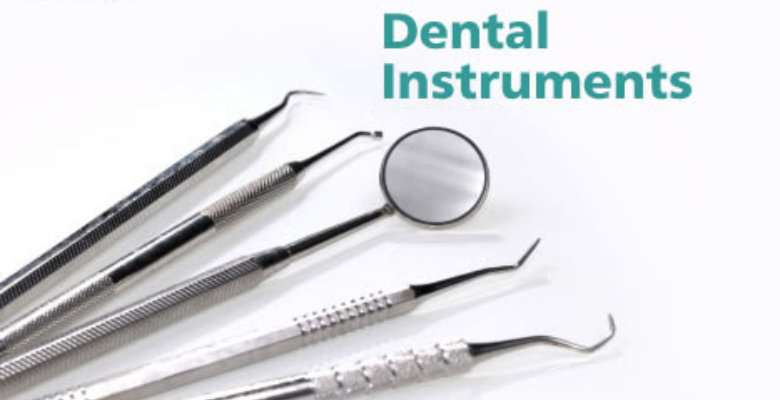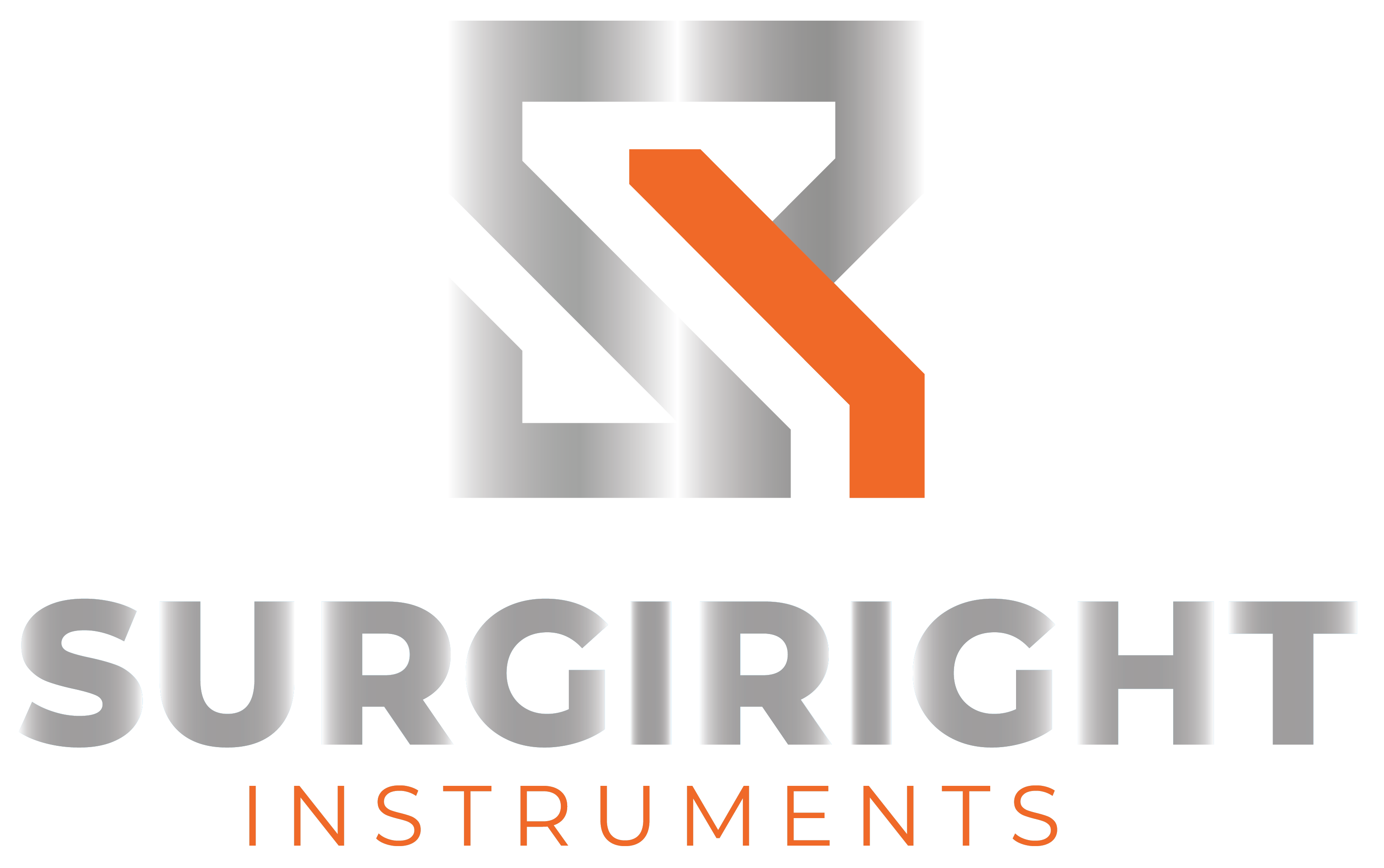- Your cart is empty
- Continue Shopping
The Ultimate Guide to Using Dental Tools Effectively

Dental tools are an essential part of maintaining good oral hygiene and ensuring the overall health of your teeth and gums. These specialized instruments are designed to assist dental professionals in performing various procedures, from routine cleanings to complex restorative treatments.
In this comprehensive guide, we will explore the importance, the mistakes to avoid, and the techniques for using dental instruments effectively.
Importance of Using Dental Tools Effectively
The proper use of dental instruments is crucial for several reasons:
- Improved Oral Hygiene | Dental tools, when used correctly, can help remove plaque, tartar, and debris from hard-to-reach areas of your mouth, leading to better overall oral hygiene and a reduced risk of dental problems.
- Effective Dental Treatments | Dentists rely on different tools to perform various procedures, from fillings to orthodontic treatments. Ensuring that these tools are used properly can enhance the effectiveness of the treatments and reduce the risk of complications.
- Patient Comfort | Additionally, some tools, such as scalers and probes, can be uncomfortable if not used with proper technique. Mastering the use of these tools can help minimize discomfort and make your dental visits more pleasant.
- Longer-Lasting Dental Health | Moreover, by maintaining good oral hygiene and receiving effective dental treatments, you can help preserve the health and longevity of your teeth and gums, ultimately leading to a lifetime of confident, beautiful smiles.
Proper Techniques for Using Dental Instruments
The following table outlines the proper techniques for using some of the most common dental tools:
| Tool | Using Technique |
| Dental Mirror | – Hold the mirror at a 45-degree angle to the tooth surface – Use gentle movements to reflect light and gain a clear view of the treatment area – Additionally, avoid pressing the mirror too firmly against the teeth or gums |
| Dental Probe | – Gently glide the probe along the tooth surface to detect plaque, tartar, or areas of concern – Moreover, apply light pressure and avoid excessive force, which can cause discomfort or damage to the teeth and gums |
| Dental Scaler | – Position the scaler at a 45-degree angle to the tooth surface – Use a gentle, scraping motion to remove plaque and tartar buildup – Furthermore, avoid excessive force |
| Dental Floss | – Gently floss between each tooth, using a gentle, back-and-forth motion – Curve the floss around the base of the tooth, being careful not to snap it against the gums – Besides, use a clean section of floss for each tooth to avoid transferring bacteria |
| Dental Handpiece | – Grip the handpiece firmly but not too tightly – Maintain a stable, controlled movement to avoid excessive vibration or slippage – Keep the handpiece perpendicular to the tooth surface to ensure precise and effective use |
Common Mistakes to Avoid When Using Dental Tools
While using dental tools, it’s important to be mindful of the following common mistakes to ensure optimal results and patient safety:

- Pressing too hard with dental supplies can lead to discomfort, damage to the teeth and gums, and even injury to the patient.
- Additionally, holding the tools with a wrong angle can make it difficult to access certain parts.
- Failing to properly sterilize dental tools between uses can increase the risk of cross-contamination and the spread of infections.
- Poor hand-eye coordination or a lack of experience in using dental tools can result in inaccurate and ineffective procedures.
- What’s more, neglecting to maintain and care for tools can lead to premature wear and tear.
Tips for Maintaining and Sterilizing Dental Tools
Proper maintenance and sterilization of dental lab equipment are crucial to ensuring its longevity and preventing the spread of infections. Here are some tips to help you keep your dental tools in top condition:
1) Cleaning: After each use, thoroughly clean the tools with a mild, non-abrasive soap and water, or a specialized dental tool cleaning solution. Ensure that all debris and residue are removed.
2) Inspection: Regularly inspect your dental tools for any signs of damage, such as cracks, chips, or worn-down edges. Replace any tools that show signs of wear and tear.
3) Sterilization: Moreover, follow the manufacturer’s instructions for the proper sterilization of your dental tools. This may involve the use of an autoclave, a chemical disinfectant, or a combination of both.
4) Storage: Store your instruments in a clean, dry, and dust-free environment to prevent contamination. Consider using a dedicated tool organizer or case to keep them protected and easily accessible.
5) Maintenance: Moreover, regularly sharpen or replace any dull or worn-down tools, such as scalers or probes, to ensure their effectiveness and safety.
By adhering to these maintenance and sterilization practices, you can help extend the lifespan of your tools for dental and ensure that they are always ready for use in providing high-quality dental care.
Conclusion
Mastering the use of dental tools is a crucial aspect of maintaining good oral health and ensuring the success of your dental treatments. By understanding the proper techniques, avoiding common mistakes, and following best practices for tool maintenance and sterilization, you can contribute to the overall health and well-being of teeth and gums.
With the right knowledge and practices, you can take an active role in your dental care and enjoy a lifetime of confident, beautiful smiles. However, don’t forget to consider investing in high-quality dental instruments from Surgi Right Instruments.


